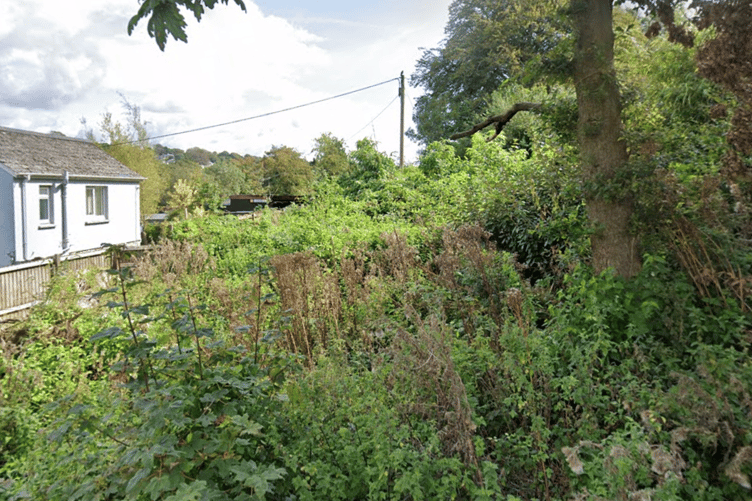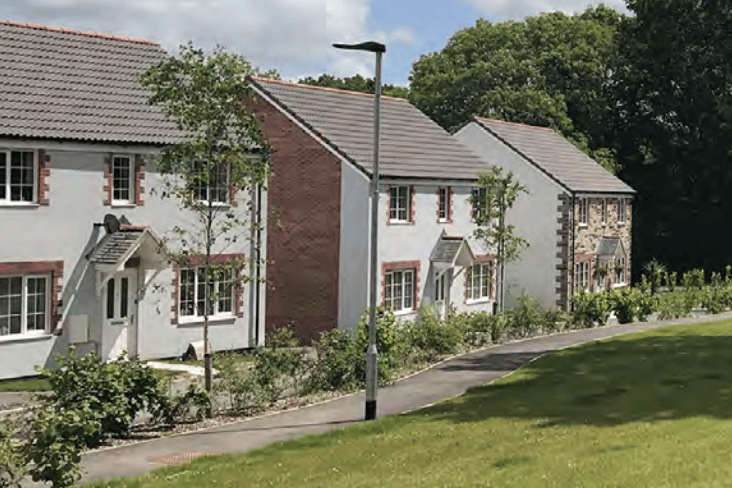EACH week, hundreds of planning applications come before Cornwall Council’s planning department, seeking to win approval for various plans right across the Duchy.
These plans can comprise of a number of different reasonings– ranging from permission to replace windows or listed building consent ranging up to large house building developments or changing of use of a building, for instance, from an office to a café, or flats.
Within this large and often complex system, there are a number of formats from which planning advice and approval can be sought.
These range from full applications where all the details which comprise a proposed development or work to a building are submitted, to outline applications, where further details are yet to be confirmed, for example, an outline application with reserved matters for appearance may not confirm the final proposed development but rather seek permission in principle.
An example of this is one for an outline permission for 20 dwellings on land with reserved matters for appearance and scale; the reserved matters would require further permission later for their inclusion.
Other types of applications include pre-application advice requests, where would-be developers submit often outline proposals to a local authority to ascertain whether it is likely to gain support or not prior to submitting a planning application.
The vast majority of applications are decided by planning officers employed by a local authority under ‘delegated powers’, meaning they do so on behalf of their employer, however, some applications are ‘called in’ by local councillors to be discussed at an area’s strategic planning committee meeting, meaning the final decision rests with a committee of councillors.
Parking concerns
RESIDENTS attended a Liskeard Town Council meeting to express their concerns over parking at the Trevethan Meadows development.
Concerns about the proposals from Cornwall Council’s highways department had been met with concern from residents, who noted a lack of parking in the areas.
Minutes from the Liskeard Town Council planning meeting stated: “Residents from the Trevethan Meadows area raised concerns about the highways proposals throughout the estate. It was reported that on a recent check, 42 cars were parked on roads where double yellow lines (no waiting at any time) were proposed.
“This would move all those cars to smaller estate roads, potentially blocking access, and leave no parking for guests. Speeds through the estate were already a concern and would increase without parked cars – in some cases residents said they were deliberately parking on the road to slow the traffic. It was already being used as a cut through between St Cleer Road and Charter Way, which it was believed was due to people trying to avoid the new traffic calming measures on St Cleer Road.
“Extreme concern was raised for the safety of pedestrians and cyclists, and particularly children and pets. Traffic calming was required, and a 20-mph speed limit would be welcomed throughout the estate, including the open sections of Tregay Lane as far as Welltown, where currently a national speed limit of 60 mph would apply although inappropriate.
“It was reported 19 properties fronted St Cleer Road, all with the benefit of enclosed front gardens, while 71 properties fronted Granite Way and Carlton Way on the route traffic was now taking and needed traffic calming of the same standard. The footpath linking the safe crossing on St Cleer Road with the estate at Granite Way had been left unfinished.”
Councillors then discussed their response to the Section 38 inquiry regarding the proposals. They opted for: “It was agreed the following points would be included in the Town Council’s response to the consultation: Proposals to bring the roads up to an adoptable standard were welcomed, which would avoid future problems if the roads remained the responsibility of the developer.
“There was a general lack of parking spaces across the development, and without a major employer in the town there was a greater dependence on car ownership. Consideration should be given to any ways parking shortages could be addressed, particularly at Granite Way where there is no unallocated parking bays.
The estate was being used as a cut through between St Cleer Road and Charter Way and traffic calming was needed (including speed humps) on Granite Way and Carlton Way to the same standard as St Cleer Road.
“Staggered yellow lines may be a more workable solution than the continuous lines proposed –improving visibility and traffic flow, while also providing some parking and keeping speeds down
“A 20-mph limit throughout the estate and Tregay Lane to Welltown (currently national speed limit) would be a benefit, to link in with Cornwall Council’s rollout of ’20 is plenty’ more widely in Liskeard – bringing the date for this forward if necessary.
“The St Cleer Road safe crossing footpath link should be completed as a matter of urgency and the development had been built around a working farm and other smaller developments, whose needs also needed to be incorporated.
“Upgrade of the Trembraze Track would create a valuable pedestrian link between the development and other town facilities improving connectivity.”

Temporary buildings approved
PA23/10294: PLANNING permission has been granted for the siting of modular offices and storage facilities by a local surveying business on land in Bodmin.
Mr L Gynn applied to the local authority for permission to undertake the works at the land to the rear of 12 Burnards Lane, Dennison Road, Bodmin.
It sought to site modular offices and storage facilities for a temporary time period comprising a maximum of two years for Measura Limited.
The applicant described their plans as thus: “Approval is sought on a temporary basis for use of the site for the stationing of two commercial modular office buildings for use by a locally based surveying company, along with two storage containers for associated equipment.
“Vehicular access is proposed from Burnards Lane, to the west of the site, with parking for four cars and turning space provided on site.
“The proposed access would utilise an existing dropped kerb that has been present for many years, evidencing the site’s previous use. In respect of proposed works to the site, these would be limited to ensuring a level area for the buildings and containers, as well as providing the parking area.
“The remainder of the land outside of the site area, but which is within the same ownership, would be left in its current vegetated state.
“The two office buildings would be located to the north-east of the site, while the storage containers for equipment would be located to the south-east of the site adjacent to the parking area. There is mains sewerage connection within the site area.”
The plans were approved subject to conditions. The first of these were: “The development hereby permitted shall be for a temporary period of 2 years from the date of this decision.
“At the end of this period, the use hereby permitted shall cease, and the building and any other objects/works associated with it shall be removed and the land restored to its condition before the development took place.
Secondly: “Prior to the commencement of any works associated with the development, the tree protection measures as set out in the Arboricultural Impact Assessment carried out by Evolve Tree Consultancy dated 08 February 2024 (Ref. EV-4673- AIA), Including protective fencing, shall be implemented in accordance with details contained within that Report and associated Tree Protection Plan ref EV4673-AIA(PLAN). The tree protection fencing as shown on the Tree Protection Plan will be erected in accordance with the specification given in the British Standard BS 5837.
“The fencing shall be retained and maintained until the completion of the development. At no time shall any works in connection with the development, including storage, access, cement mixing, bonfires, excavations or other level changes occur within the protected area. The development shall be carried out in strict accordance with the agreed tree protection methods.”





Comments
This article has no comments yet. Be the first to leave a comment.